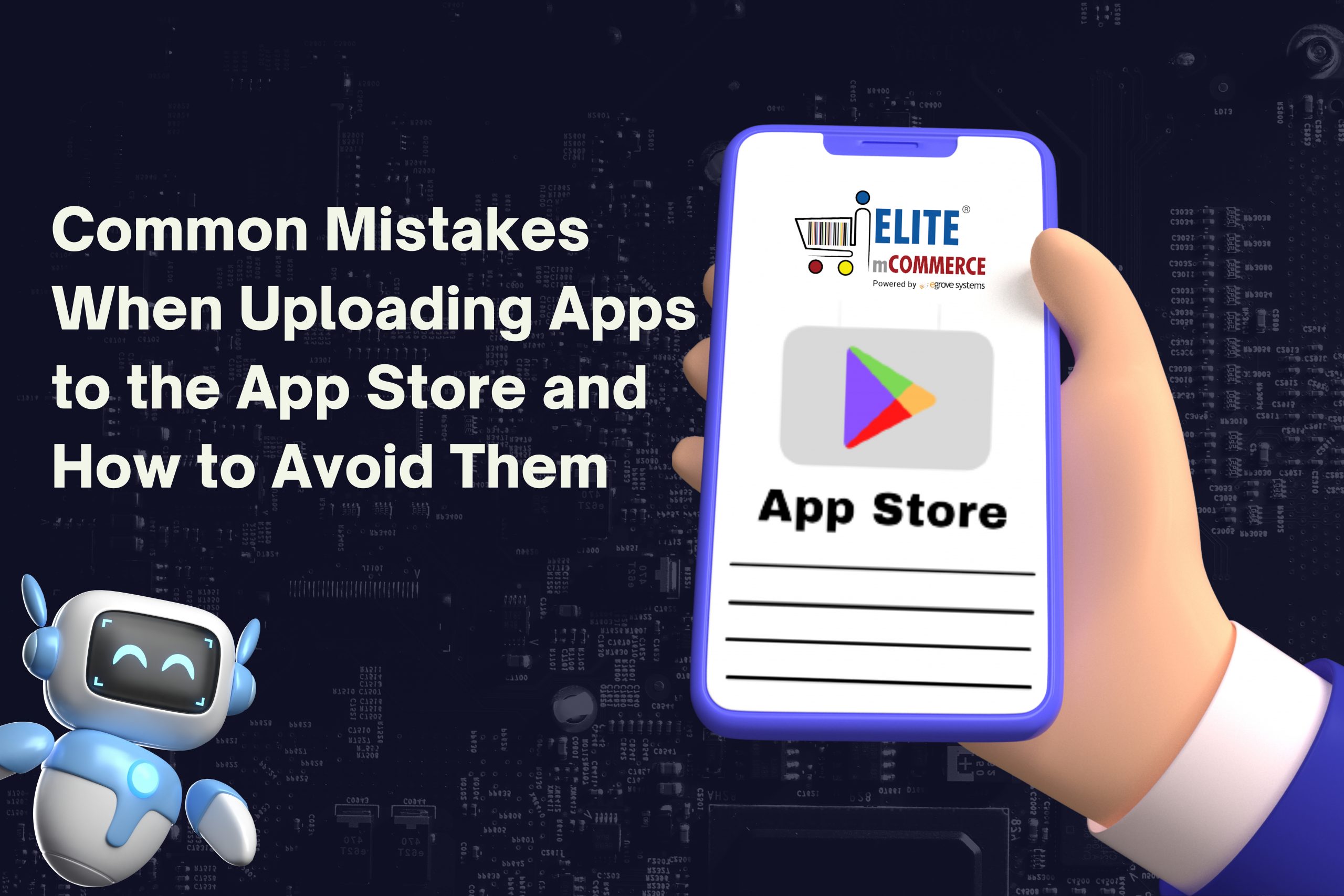Consumers are using their mobile devices now more than ever to shop, but the massive elephant in the room is that they are not using them to buy. As much as 85 percent of digital sales are made on the desktop, despite 59 percent of digital shopping taking place on mobile (m-commerce). There are many reasons for this trend and most are solvable.
User Experience
Users just don’t like purchasing things on mobile devices. Some of this will be for obvious reasons like the text being too small, non-responsive designs, and difficulty entering text information. Less obvious reasons include difficulty navigating a cluttered website and losing entered data. These problems can be solved with an elegant responsive mobile theme and more persistent data.
Lack of Tools
Many mobile websites and apps simply don’t provide what consumers need to make a purchase. They are unable to compare two different products, unable to find a store and no way to enter payment information besides typing it all in. Ease these issues by adding a comparison option, store location using GPS, and saving payment information for quick transactions.
Slow Load Times
Mobile sites are extremely bulky for what they need to do. Some are even bigger than their desktop counterparts. This goes double for mobile apps, which users expect to be fast and efficient. Even a responsive and streamlined website can have too much bulk in the code that slows down the entire experience. Using streamlined software, minimizing code, and reducing image size all will contribute to a faster website that consumers will love to use.
Long Checkout Process
However, that fast mobile interface will be hampered if, when it comes time to purchase, the consumer has to spend a full two minutes typing their contact information on a tiny screen with their thumbs while also trying to avoid signing up for email newsletters and other promotional material. The checkout process should be as streamlined as possible. The upselling tactics used in desktop purchases, such as added value items or email signups, simply won’t work in mobile commerce.
Payment Security
Perhaps illogically, most mobile users fear that their data won’t be secure if they transmit it using a mobile device. Stores must treat security the same way that online retailers treated it during the 1990s when online commerce was a new, strange, and unproven.
- Reassure Fears – Tell customers about the encryption used. Let them know that this is the same technology used in desktop purchases.
- Compare Desktops – Remind customers that the connection on their phone uses the same wifi as their desktop and that mobile data connections are just as secure.
- Offer Guarantees – Assure customers that, in the extremely unlikely event of fraudulent charges, the store will work with them to correct the issue and get their money back.
Transaction Failure
Even when users are convinced to purchase using their mobile devices, as much as a quarter of them fail to process. Many businesses do not have the proper infrastructure to process mobile payments without error. Many think that since mobile payments are such a small portion of their sales, it doesn’t matter. This reasoning is cyclic. Updated software and extensive testing will solve these issues.
Simple And Effective Purchase Process
The rule of mobile commerce (m-commerce) is to simplify and make it work as intended. Offer simple “Buy It” buttons, reduce the amount of interaction needed to make a purchase, and make the overall design of the interface clean and simple.









Add comment